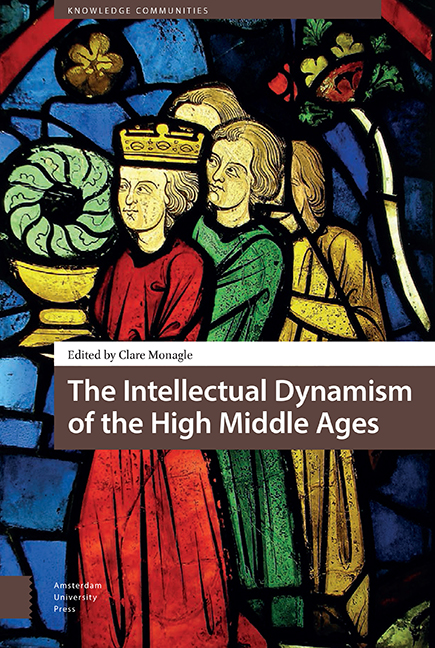Book contents
5 - The Emotional Landscape of Abelard's Planctus David super Saul et Ionatha
Published online by Cambridge University Press: 16 July 2022
Summary
Abstract
In Abelard's Letter 16 addressed to ‘Héloise, sister to be revered in Christ and loved’, he refers to a set of six planctus or laments written in the voices of a number of Old Testament characters The last of these, Planctus 6, in which David laments for Saul and Jonathan, is probably the most famous and is the only one for which a reliable, original music setting survives. The laments are all in the first person and provide a deeply personal reflection on the tragic events which inspired them; they are virtuosic in language and almost shockingly intense in emotional range. This study examines Planctus 6 considering the link between Abelard's language and the expression of specific emotions and, wherever possible, examines how music serves to intensify that expression.
Keywords: Abelard, Heloise, Planctus, Lament, Hymn, Sequence
Peter Abelard (1079-1142), the pre-eminent French philosopher and theologian of the twelfth century, was also a fine poet and musician. Perhaps best known to his contemporaries for his contentious and litigious means of discussion, the modern audience generally remembers him for his tragic love affair with Heloise, and the wonderful letters between the two lovers. While it may not be essential to understand the nature of this relationship in an examination of Abelard's philosophical and theological works, it is essential to include it when considering his musical activity since it is almost all bound up with Heloise; the love poems were for her, the hymns and sequences were commissioned by her and it is likely that the planctus were dedicated to her. It was this tumultuous relationship which inspired Abelard's production of a treasury of song.
There seem to be two phases of musical activity: 1) the period of his love songs, around 1116-1118; and 2) the period of his sacred song writing, 1130-1135. The early love songs were the product of new and developing love, but after the discovery of their affair, the birth of their son Astrolabe, the secret marriage between the two, and ultimately his castration, Abelard spent many years distancing himself from Heloise. A turning point occurred with the dissemination of his autobiographical Historia Calamitatum (1132?).
- Type
- Chapter
- Information
- The Intellectual Dynamism of the High Middle Ages , pp. 99 - 128Publisher: Amsterdam University PressPrint publication year: 2021

